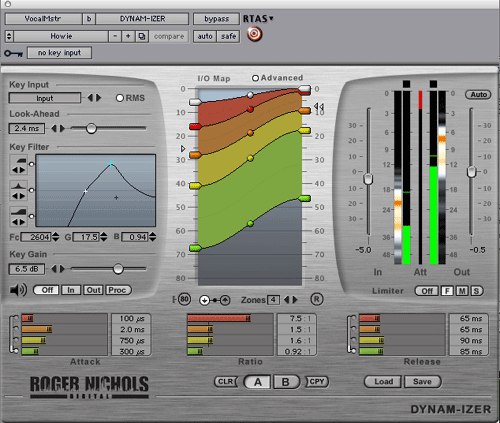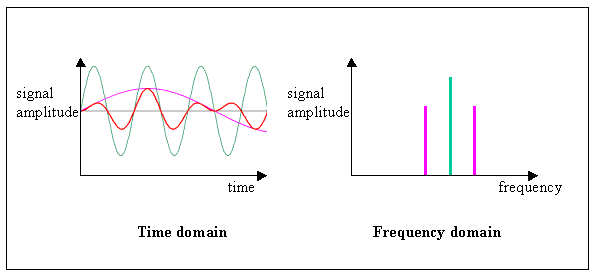
https://shop.propellerheads.se/product/ ... -splitter/
Sunder is the worlds first amplitude splitter available in any format and we’re extremely excited to debut this algorithm as a Rack Extension.
Inspired by the "multi-latch gating" effects pioneered by Toni Visconti, Sunder is the result of years of research, testing, and experimentation.
Product details
With Sunder you can split an audio source into low, mid, and high volume amplitude bands. Apply separate amounts of gain to each band in order to achieve unprecedented levels of control over dynamics. Additionally each band can be soloed/muted, allowing you, for instance, to only hear the medium volume portions of a drum track.
A real-time custom display shows you exactly what is happening under the hood. Each band is color coded to show you what is being sent where.
The real fun begins when you start applying different effects to the three amplitude bands. This enables you to create all kinds of nonlinear processing (a.k.a. amplitude-dependent sounds). You can instantly add an organic feel to synthetic instrument or spice up acoustic tracks with custom nonlinear signal paths that would be difficult or impossible to achieve in any other way. There are many recipes to choose from:
Apply different flavors of reverb to each band to create the impression that loud sounds are coming from farther away and vice versa.
Set up a nonlinear distortion that gets more aggressive on quieter material.
Only add EQ on the loudest hit of a drum loop.
Create hybrid effects, where the low band gets reverb, the mid band is filtered, and the high band goes through a delay.
In addition to being able to control and modulate amplitude cutoff points in real-time, you can also modify each aspect of the envelopes being used to transition between the bands. This gives you complete control over transients- all of which helps sculpt the overall sound. Sunder’s signature amplitude splitting algorithm is “flat-sum,” meaning that if you combine the output of Sunder’s three bands at any moment in time, you’ll be left with an unaltered version of your input signal (unless you apply gain to any of the individual bands of course). One of the more useful features is the “input gain compensation” switch which allows you to use the input gain knob to quickly push the signal higher or lower, changing the splitting result without effecting the output volume.
We’ve also ported some of the most popular features of G8 and Yoko into Sunder: for instance a fully-featured sidechain mode, lookahead control, and individual send/return jacks for low, mid, and high bands.
As with any new type of effect, we realize that you might need help learning how to use it which is why we’ve included tons of combinator recipes that will help to get you started.
Special thanks to Aerotronic who created all of the combinators marked with “-AT” (https://soundcloud.com/aerotronic)
Special thanks to Noel G. and EnochLight who have been painstakingly beta testing since 2015!




